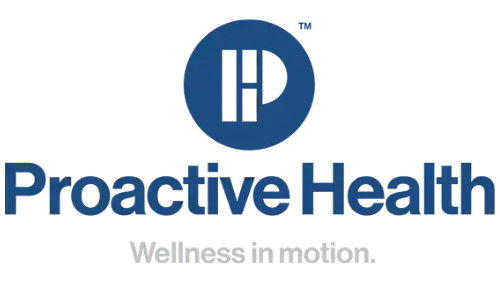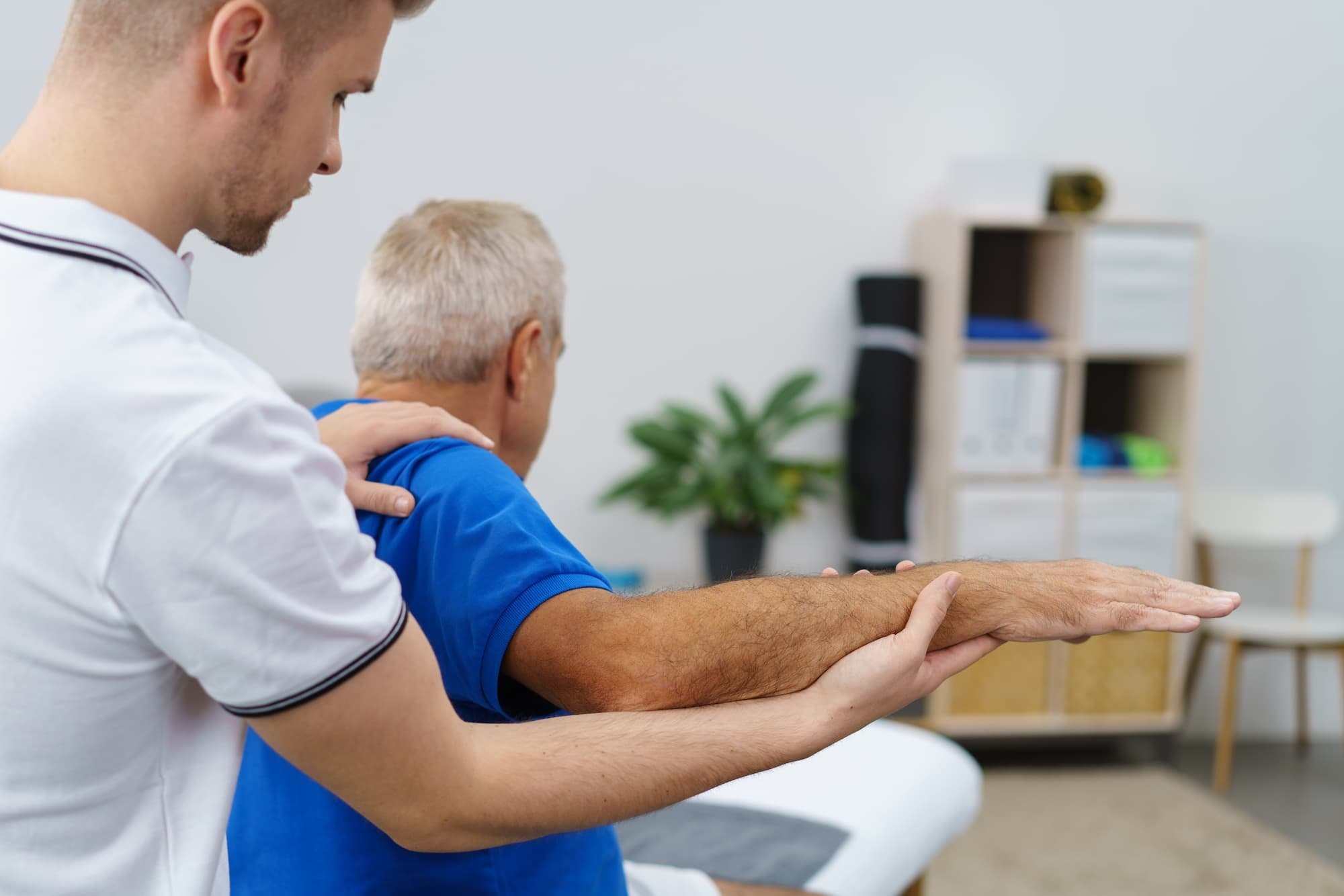Post-Operative Pulmonary Rehabilitation Among Key Conditions Treated in Respiratory Physiotherapy
Introduction to Post-Operative Pulmonary Rehabilitation
Understanding Pulmonary Rehabilitation
- Definition and Importance
Pulmonary rehabilitation is a crucial intervention for patients recovering from lung surgery. It involves a series of personalized therapies designed to improve respiratory function and overall endurance, facilitating quicker and more effective recovery. - Goals of Pulmonary Rehabilitation in Post-Operative Care
The primary objectives include reducing the risk of post-surgery complications, enhancing the patient’s quality of life, and accelerating the return to daily activities.
The Role of Respiratory Physiotherapy in Surgery Recovery
- Benefits of Physiotherapy Post-Surgery
Post-operative physiotherapy plays a pivotal role in helping patients regain lung capacity and strength, significantly impacting recovery speed and effectiveness. - Reducing Complications and Enhancing Recovery
Through targeted exercises and manual therapy techniques, physiotherapy aids in minimizing common post-surgical issues such as pneumonia and pulmonary embolism.
Core Components of Pulmonary Rehabilitation Programs
Assessment and Personalized Planning
- Initial Assessment Techniques
A thorough initial assessment is conducted to tailor the pulmonary rehabilitation program to the specific needs and conditions of the patient. - Developing Individualized Rehab Plans
Based on the assessment, a customized plan is formulated, focusing on exercises and therapies that address the unique challenges faced by each patient.
Key Techniques in Pulmonary Rehabilitation
- Breathing Exercises
Patients are taught breathing strategies that enhance lung function and reduce breathlessness. - Strength and Endurance Training
This includes a variety of physical exercises aimed at building strength and stamina, crucial for recovery and daily functioning. - Education and Self-Management Strategies
Patients receive education on managing their condition effectively at home, which is essential for long-term health improvement.
Specific Physiotherapy Exercises for Lung Surgery Patients
Exercise Regimens for Enhanced Lung Function
- Techniques to Improve Breathing Efficiency
Specific breathing exercises are taught to maximize air distribution and gas exchange in the lungs. - Activities to Boost Physical Stamina
Incremental exercise routines are designed to gradually build up the patient’s physical endurance and respiratory capacity.
Use of Equipment in Rehabilitation
- Specialized Devices for Respiratory Support
Various tools and devices are used to aid breathing and improve pulmonary function. - Monitoring and Progress Tracking Tools
Regular monitoring using specialized equipment helps track the patient’s progress and adjust the rehabilitation plan accordingly.
Integrating Pulmonary Rehabilitation into Overall Post-Operative Care
Collaboration Among Healthcare Providers
- Working with Surgeons and Respiratory Therapists
A collaborative approach ensures that all aspects of the patient’s health are considered, leading to comprehensive care planning. - Coordinating Care for Optimal Outcomes
Effective communication among all healthcare providers involved is crucial for ensuring that rehabilitation goals are met.
Patient Education and Empowerment
Teaching Self-care Techniques
Empowering patients with knowledge about self-care practices helps them manage their recovery more effectively.
Importance of Ongoing Exercise Post-Rehab
Continuing with exercises learned during rehabilitation is vital for maintaining and enhancing lung health.
Measuring the Success and Outcomes of Pulmonary Rehabilitation
Outcome Metrics and Success Indicators
- Clinical Assessments and Quality of Life Measurements
Success is measured through various clinical evaluations and feedback on the patient’s quality of life post-rehabilitation. - Patient Testimonials and Case Studies
Real-life success stories and case studies serve as motivational tools and help gauge the effectiveness of pulmonary rehabilitation programs.
Frequently Asked Questions (FAQ)
What is the role of a physiotherapist in pulmonary rehabilitation?
A physiotherapist plays a critical role in pulmonary rehabilitation by assessing the patient’s respiratory function, designing customized exercise programs, and providing hands-on therapy to improve breathing mechanics and overall lung capacity. Their expertise helps to reduce symptoms, enhance physical performance, and improve quality of life post-surgery.
What exercises are done in pulmonary rehabilitation?
Pulmonary rehabilitation exercises typically include:
- Breathing Exercises: Techniques like pursed-lip breathing and diaphragmatic breathing help improve lung efficiency.
- Aerobic Exercises: Walking, cycling, and stair climbing to enhance cardiovascular fitness and stamina.
- Strength Training: Exercises using weights or resistance bands to strengthen the muscles involved in breathing and overall body strength.
What does physiotherapy do in post-operative care?
In post-operative care, physiotherapy aids in:
- Enhancing Recovery: Speeds up the healing process by improving physical mobility and lung function.
- Preventing Complications: Helps reduce the risk of complications such as pneumonia or blood clots.
- Improving Outcomes: Contributes to better overall outcomes by helping patients regain independence and return to daily activities sooner.
Do you need physical therapy after lung surgery?
Yes, physical therapy is often recommended after lung surgery to help patients recover more effectively. It aids in improving breathing, strengthening muscles, and increasing mobility, all of which contribute to a quicker return to normal activities and better overall health outcomes.
Can your lungs get better after pulmonary rehab?
Yes, many patients experience significant improvements in lung function and quality of life after completing a pulmonary rehabilitation program. The exercises and therapies provided help to enhance lung capacity, reduce symptoms, and improve endurance and strength.
What are the five key components of a pulmonary rehabilitation program?
The five key components of a pulmonary rehabilitation program typically include:
- Assessment: Evaluating the patient’s current respiratory function and physical capabilities.
- Exercise Training: Tailored exercises that improve cardiovascular health and lung capacity.
- Education: Teaching patients about their condition, medications, and strategies to manage symptoms.
- Nutritional Guidance: Providing dietary recommendations to support overall health and energy levels.
- Psychological Support: Counseling and support groups to help patients cope with the emotional challenges of living with chronic lung conditions.
For personalized care and the latest in diagnostic tools in physiotherapy, consider booking an appointment with Proactive Health. Our comprehensive services include Physiotherapy, Registered Massage Therapy, Kinesiology, Fascial Stretch Therapy, Active Rehab, and Bodyworker sessions.



